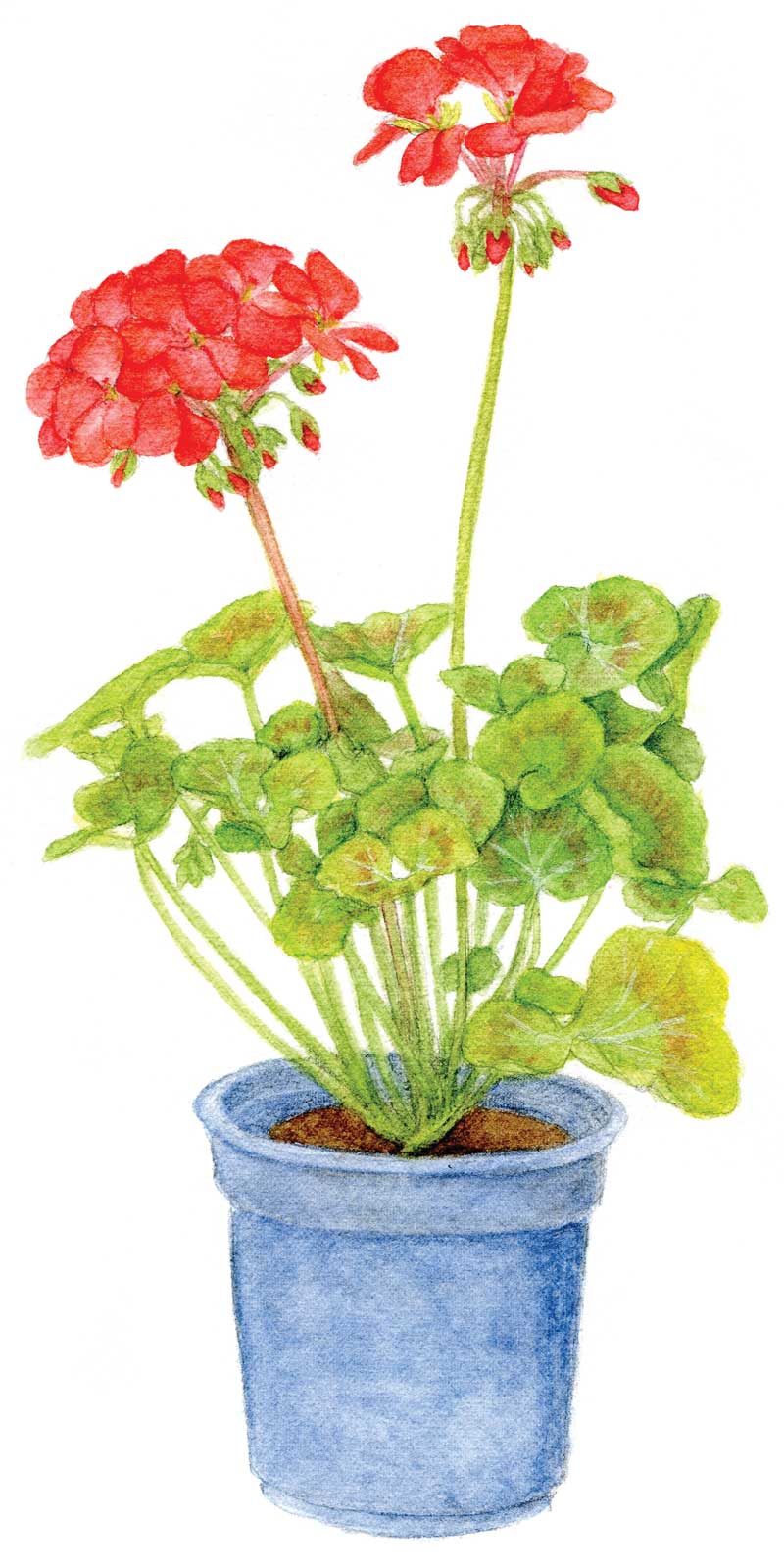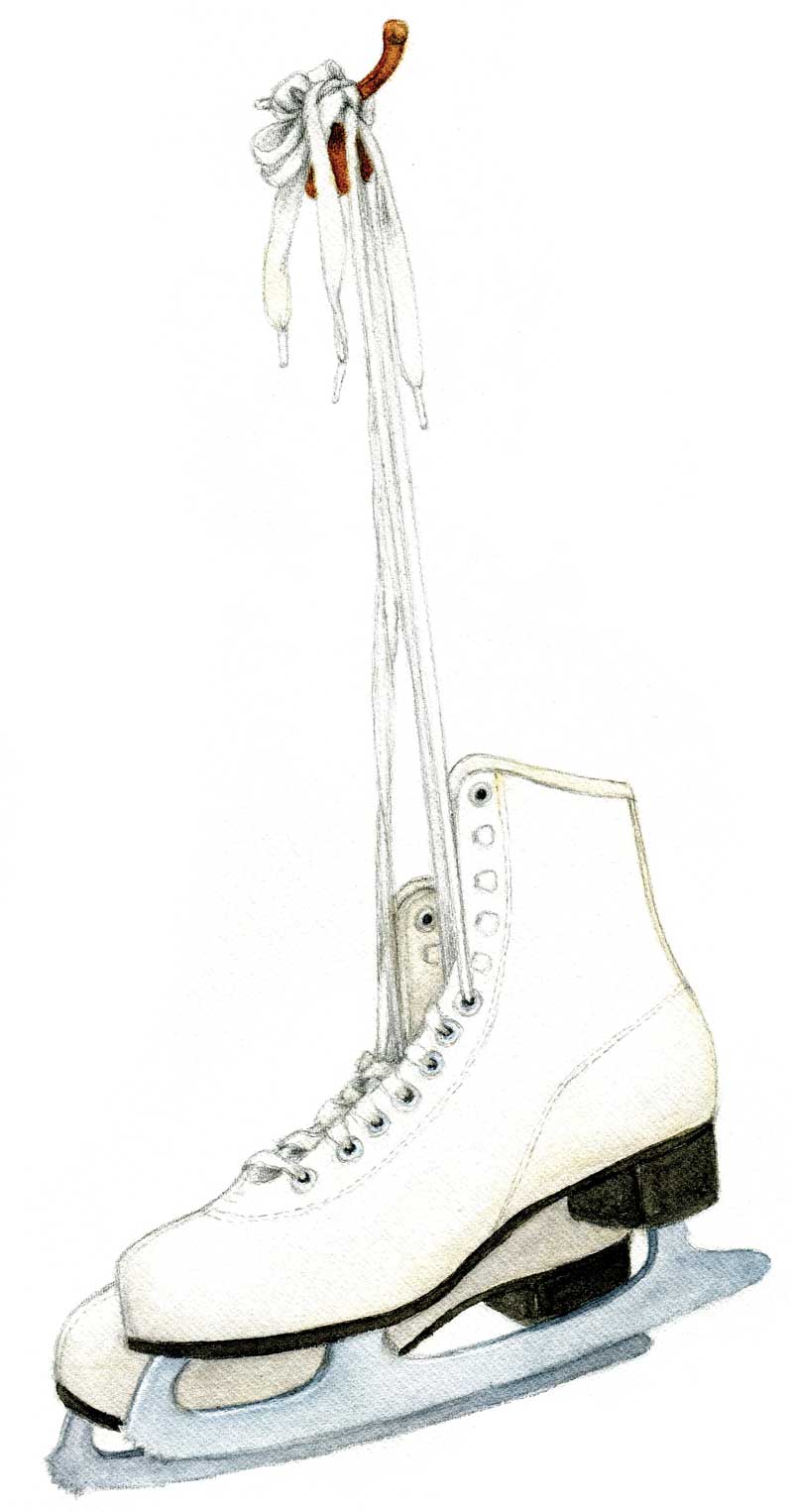Dear Friends:
After the holidays are over, January can look pretty bleak, like a snow-covered field with nothing but a couple of old fence posts poking through the white. However, any almanack worth its salt should come to our aid with calendar events to give these days some significance and make that field look as though a carnival has come to town. So here are a few notable dates to liven up this dreary month. January 17 is the day Benjamin Franklin was born in 1706—inventor, diplomat, and apostle of rock-ribbed, oak-planked, bronze-nailed, copper-bottomed common sense. January 19 marks the 211th birthday of Edgar Allan Poe, who can still scare the pants off you if given half a chance. January 21 is the national celebration of the birth of Dr. Martin Luther King Jr. who held high the torch of freedom, and passed it on to us.
Field and forest report, January
January is the time here in Maine when non-essential functions grind to a halt and only essential functions carry on—sort of like a government shutdown, only more useful. Trees, for example, continue to grow, drawing on stored reserves, although they grow much more slowly. Perennial plants stop growing entirely, and annuals die and return to the earth. Over-wintering birds and other animals conserve energy by keeping to the basics: food and shelter. This is not the time for choruses of bird song, showy courtship displays, or exuberant play. Life has gone from a fast jig to a slow waltz. Throughout the cold months, trees add a narrow dark growth ring to their trunks. White-tail does carry their unborn through the winter as they gather in their deer yards in the cedar swamps. Black bear sows give birth in their dens in January while they are hibernating. Their tiny cubs are born blind and cuddle in to stay warm and grow on their mother’s milk deep in their dark dens until spring.
 Illustration by Candice Hutchison
Illustration by Candice Hutchison
Natural Events
Years ago, halfway out the Leighton Point Road in West Pembroke, there was a dilapidated farmhouse; it belonged to Martha Sprague, if I remember right. The roof sagged, the chimneys leaned, the clapboards showed no signs of paint, and lilacs and alders grew tall and untamed in the front yard. But your eye was invariably drawn up to the high dormer windows filled with bright green and red geraniums pressed eagerly against the glass. I admired those geraniums and the old lady who lovingly and tenaciously tended them in that bleak house. They said, “I’m still here. I can still love. I haven’t given up.” The house has long since fallen down, and I’ve often wondered whether her geraniums died in the wreckage or were saved to brighten someone else’s windows in winter. There was a similar old farmhouse and barn on Route 1A between Holden and Brewer with geraniums in the windows. Maybe they’re still there. I hope so.
Abraham Lincoln observed, “The Lord must love common people; since He made so many of them.” Geraniums are like that: tough, hardy, and low-maintenance. They can take sun or frost or heavy cutting and come back stronger and brighter than ever.
In honor of that unquenchable spirit, we keep our dozen or so aged geraniums in the windows at our Eggemoggin field station throughout the winter. We talk to them, deadhead them, feed and water them just like members of the family. They always bend toward the sun. Each morning we see our flourishing geraniums first, before we look farther out to the bare trees and the pale expanses of frozen ground all around us. This gives us, and anyone who looks in our windows, a feast of color and life and a taste of faith and hope to brighten the bleak days of January.
Rank opinion
Faith needs to be tended, too. You don’t get faith once and for all with no effort. It needs regular care. Faith and belief are not the same. Belief is like an artificial flower that doesn’t change or grow and needs no tending. Faith is like a geranium. It is a living thing that needs good food, fresh water, pure light and fresh air. Looking out over the bleak January landscape of America—a landscape marked by fear, factions, and faltering faith—I say give us geraniums, in the windows of the school house and the town house, the food pantry and the thrift shop. Give us geraniums in the windows of the State House, the Blaine House, the White House, the House of JP Morgan, both Houses of Congress, and every house of correction. Give us geraniums to say, “We’re still here. We can still love. We haven’t given up.” Geraniums in winter windows will help the few who are on the inside looking out, and they will help the many who are on the outside looking in, because without faith, hope, and love, even the greatest nation or people will too soon wither and die.
 Illustration by Candice Hutchison
Illustration by Candice Hutchison
Natural Events, February
At midwinter, they say, you should still have half your wood and half your hay. You should also still have at least half your enthusiasm for the beauties of a new snow, the joys of skiing and skating, the exhilaration of a cold blast when you open the door on a February morning, and the delight of following the tracks of the other warm-bloods as they go about their business.
It’s funny how 40 degrees now feels warm when the same temperature felt mighty cold back in October. Or how that snow-covered road that looked pretty intimidating back in the fall now looks more like a piece of cake. Or how that new snow shovel now feels like an old friend. We have gotten used to winter and that is all to the good, because regardless of what the groundhog prophesied, winter is going to be around for some time yet.
Field and forest report
Outdoor work has been tough due to the icy ground and bitter cold of January, but that may be easing up a little for us now. Warmer temperatures with the ground still frozen solid are good for woods work. Better not to be dealing with mud season quite yet.
Meanwhile, the woodpeckers have started their courting, just in time for Valentine’s Day. I thought I heard drops of rain around me the other day, but I could feel none. It turned out to be three hairy woodpeckers drumming away from three different places in the surrounding trees. Next day it was the pileated woodpeckers shouting and dipping and drumming in the big woods. The pileated provides the low notes, the hairy the middle, and the downy provides the high notes in this midwinter percussion concert.
Mountain report
Trails of quail and fox and snowshoe hare etch the snow as they go dutifully about their daily drill. Tracks of deer appear in the footprints of dogs and their humans. How very alert and awake and courageous these deer must be to tread in the late trails of their ancient enemies.
Natural events
Former Maine poet laureate Kate Barnes writes about February light, which is much like October light, bone-bright and angled through the trees so that it stirs the geraniums and slants halfway across the room to warm the far corners. And sure enough, our length of daylight right now is about the same as the third week in October, almost eleven hours, and gaining nearly three minutes every day. That doesn’t mean it’s not cold anymore because it is, but we’re starting to see that rise and fall of thaw in the daytime and freeze at night which starts the maple sap to surging and our hearts to singing.
Seedpod to carry around
From Kate Barnes: “In February, all of a sudden there is a lot more light, and it’s warm light—snow melts off the roof, the first lambs are born in the barn cellar, the hens start laying, the mare comes into season, and I notice that the geraniums at the window have pushed their stalks up eight inches and covered them with brick-pink blossoms. Every day I wake up earlier and my bones crack as I sit up and stretch. When I poke my boot through a drift in the field, I find clover growing green underneath it.”
Rob McCall lives in Brooklin, Maine. This almanack is excerpted from his weekly radio show, which can be heard on WERU FM.






